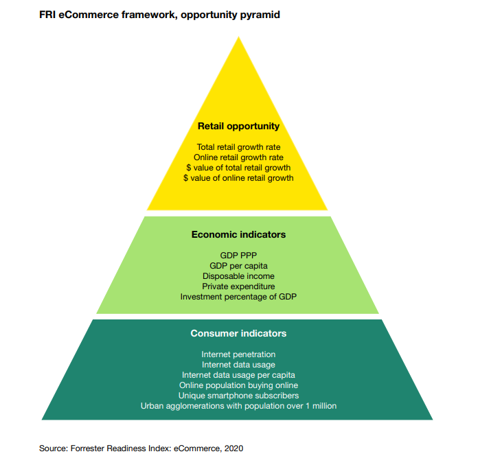
Americans have begun to reconsider the cash they handle every day as coronavirus spreads.
Some experts have said COVID-19 could latch onto currency the same way it is able to survive on other surfaces, such as doorknobs and handrails.
Credit cards, on the other hand, may not be much better. Credit cards carry more types of bacteria than even coins or cash, according to one study by CreditCards.com.
For those reluctant to give up on paper money or traditional credit cards, Cyndie Martini, CEO of Member Access Processing, an aggregator for Visa services at credit unions in the U.S., advises taking extra care to avoid the spread of germs.
“If you are going out of your house and you know you are going to be touching surfaces, maybe now is a good time to wear plastic gloves,” she said.
Among those other measures they’re taking to stay safe, Americans could also finally be ready to embrace digital wallets and contactless payments, after years of reluctance.
More from Personal Finance:
How to build an emergency fund
The government wants to send millions of Americans a check
Worried about your access to cash?
Contactless technology allows customers to pay by tapping their cards to a point-of-sale terminal. The cards are a faster alternative to chip-and-PIN payments, and require less physical interaction.
“Using a credit card’s contactless capability may help give consumers more peace of mind,” said Jill Gonzalez, an analyst at WalletHub.
More consumers may also opt for similar “tap and go” transactions through digital wallets like Apple Pay or Google Pay, to avoid handling cash and credit cards during the outbreak, according to Martini at Member Access Processing.
In addition, these methods are considered much more secure.
Contactless cards are embedded with a near-field communication antenna that can be used for proximity payments via radio waves. The card creates a dynamic cryptogram, or code, which is unique for each individual transaction.
Digital wallets use authentication, monitoring and data encryption to secure your personal information.
Yet, digital purchases only account for about a quarter of all transactions, according to Pulse’s most recent debit survey.
Further, only an estimated 3% of cards in the U.S. are contactless, according to a study published in 2018 by consultancy A.T. Kearney. That compares with roughly 64% in the U.K. and as high as 96% in South Korea. (Abroad, consumers have been adopting contactless payments in ever-increasing numbers.)
“In the U.S., an event like this is likely to be the trigger point to cause that inflection point, in terms of growth,” said Vaduvur Bharghavan, CEO of Ondot, a digital card services platform for credit and debit issuers.
It starts with a trickle, and then you have an avalanche.
Vaduvur Bharghavan
CEO of Ondot
“It starts with a trickle, and then you have an avalanche,” he said.
Although mobile payments and digital banking products are on the rise, about 7% of U.S. households, or 8.4 million, are still unbanked, meaning that no one in the household has a checking or savings account at all, according to a 2017 survey by the Federal Deposit Insurance Corporation.
Another 19% are underbanked, meaning that they have a bank account but still rely on financial products such as payday loans.

